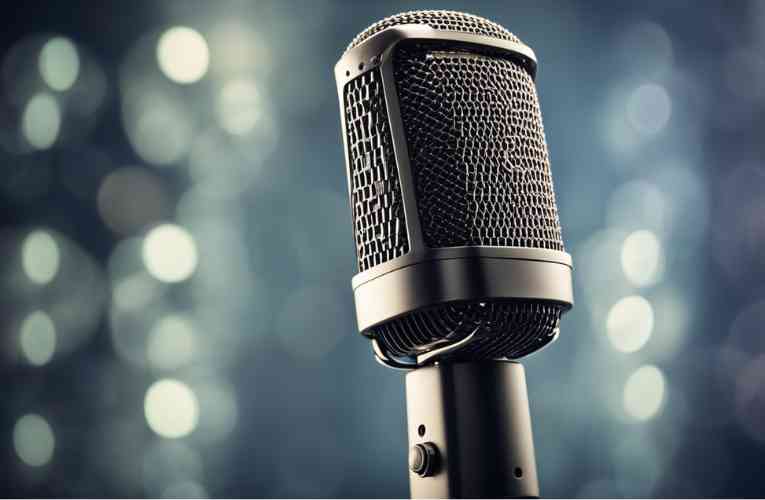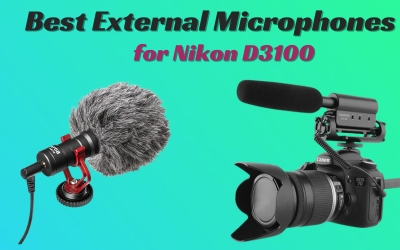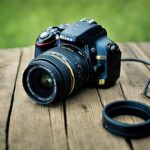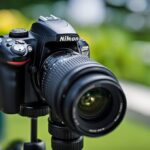Are you looking to improve the sound quality of your recordings? If so, you may want to consider using a condenser microphone. These advanced technical devices offer a range of advantages that can help you achieve superior sound quality in your recordings. In this article, we’ll explore What are 3 advantages to using condenser microphones, so you can decide if they’re right for you.
Condenser microphones are known for their versatility in recording, making them a popular choice among audio professionals. They can capture a wide range of frequencies and are particularly sensitive to high frequencies, making them ideal for capturing vocals, acoustic guitars, and other instruments with a lot of detail. Additionally, condenser microphones are often used in studio settings, thanks to their ability to capture sound with a high degree of accuracy.
So,
Table of Contents
ToggleWhat Are 3 Advantages to Using Condenser Microphones?

Read on to find out!
Superior Sound Quality
If you’re looking for exceptional sound quality, a condenser microphone is your best bet. Here are three reasons why:
Wide Frequency Response
Condenser microphones have a wider frequency response than dynamic microphones, making them ideal for recording high-frequency instruments like cymbals, acoustic guitars, and pianos. They can also pick up a broader range of frequencies, which means they’re great for capturing the nuances of a singer’s voice or an actor’s dialogue.
High Sensitivity
Condenser microphones are extremely sensitive, which means they can pick up even the quietest sounds. This makes them perfect for recording in a studio environment where you want to capture every detail of a performance.
They’re also great for live performances, where you need to be able to hear every note of the music.
Low Noise Levels
Condenser microphones produce less noise than dynamic microphones, which means you’ll get a cleaner, more accurate recording. This is because the diaphragm in a condenser microphone is much thinner than in a dynamic microphone, which allows it to vibrate more easily in response to sound waves.
In summary, if you’re looking for superior sound quality, a condenser microphone is the way to go. They have a wider frequency response, high sensitivity, and low noise levels, making them the perfect choice for recording high-quality audio.
Versatility in Recording

When it comes to recording audio, condenser microphones offer several advantages over other types of microphones. One of the most significant advantages is their versatility.
Condenser microphones are capable of recording a wide range of sounds in various settings, making them an ideal choice for a variety of applications.
Multiple Polar Patterns
One of the most significant advantages of condenser microphones is their ability to record in multiple polar patterns. Polar patterns refer to the directionality of a microphone’s sensitivity to sound. Condenser microphones can record in several different polar patterns, including cardioid, omnidirectional, and figure-eight.
This feature allows you to adjust the microphone’s sensitivity to sound, making it easier to record in different environments.
Various Applications
Condenser microphones are versatile tools that can be used in a variety of settings to capture high-quality audio. They are commonly used in recording studios to record vocals, acoustic instruments, and drums.
They are also used in live sound reinforcement to amplify instruments and vocals. Additionally, condenser microphones are used in podcasting, broadcasting, and voice-over work.
Adjustable Settings
Another advantage of condenser microphones is their adjustable settings. Many condenser microphones feature switches that allow you to adjust the microphone’s sensitivity to sound, low-frequency roll-off, and high-frequency boost. These settings allow you to tailor the microphone’s sound to the specific recording environment, resulting in a more accurate and detailed recording.
Related Posts:
- Best picks for live stage vocal mics
- How to position a condenser mic when recording vocals
- Ideal microphone placement for vocal clarity
- Singing techniques with a condenser microphone
Advanced Technical Design
When it comes to microphone technology, condenser microphones offer several advantages over other types of microphones. One of the biggest advantages is their advanced technical design, which includes several key components that work together to create a high-quality sound.
Diaphragm Precision
Condenser microphones use a thin diaphragm that vibrates in response to sound waves. This diaphragm is typically made of a thin film of mylar or other material that is very sensitive to changes in air pressure.
Because of this sensitivity, the diaphragm can pick up even the most subtle nuances in sound, resulting in a very accurate and detailed recording.
Electrical Components
Another key component of condenser microphones is their electrical components. These microphones require a power source to operate, which is typically provided by an external power supply or by the microphone preamp.
This power is used to charge the diaphragm and to amplify the resulting electrical signal. Because of this, condenser microphones are generally more sensitive than other types of microphones, which can result in a cleaner and more detailed recording.
Build Quality
Finally, condenser microphones are known for their high build quality. Because they are designed to be very sensitive and accurate, these microphones require precise manufacturing techniques and high-quality materials.
This can result in a more expensive microphone, but it also means that the microphone is likely to last for many years and to provide a consistently high level of performance.
Related Posts:
Conclusion
In summary, condenser microphones offer several advantages over dynamic microphones. Firstly, they provide a more accurate representation of sound, making them ideal for recording music and other applications where sound quality is paramount. Secondly, they have a wider frequency response, allowing them to capture a wider range of frequencies. Finally, they are very sensitive and can pick up even the softest sounds, making them perfect for capturing detailed nuances in vocals and other instruments.
When choosing a condenser microphone, it is important to consider factors such as polar patterns, diaphragm size, and sensitivity. Additionally, it is important to choose a microphone that is appropriate for your intended use. By choosing the right condenser microphone, you can achieve high-quality sound recordings that are sure to impress.
Frequently Asked Questions
Why are condenser microphones preferred for studio recordings?
Condenser microphones are preferred for studio recordings because they are highly sensitive and can capture a wide range of frequencies. Their sensitivity allows them to pick up even the slightest nuances in sound, making them ideal for capturing the subtle nuances of a musical performance. Additionally, condenser microphones have a flat frequency response, which means they can accurately capture sound across the entire frequency spectrum. This makes them an ideal choice for recording vocals, acoustic instruments, and other types of acoustic sound sources.
How do condenser microphones benefit vocal performances?
Condenser microphones benefit vocal performances by providing a clear, detailed, and natural sound. They are highly sensitive and can capture the subtle nuances of a singer’s voice, including the breathiness, vibrato, and other nuances that are often missed by other types of microphones. Additionally, condenser microphones have a flat frequency response, which means they can accurately capture the full range of a singer’s voice, from the lowest notes to the highest.
In what ways do condenser mics outperform dynamic mics in sound quality?
Condenser microphones outperform dynamic mics in sound quality in several ways. First, they are more sensitive, which means they can capture more detail and nuance in sound. Second, they have a flat frequency response, which means they can accurately capture sound across the entire frequency spectrum. Third, they typically have a wider dynamic range, which means they can capture both the loudest and softest sounds without distortion. Overall, these factors combine to produce a more natural, detailed, and accurate sound.
What makes condenser microphones ideal for capturing a wide frequency range?
Condenser microphones are ideal for capturing a wide frequency range because they use a thin diaphragm that vibrates in response to sound waves. This diaphragm is extremely sensitive and can respond to even the slightest changes in air pressure. Additionally, the diaphragm is typically larger than those found in other types of microphones, which allows it to capture a wider range of frequencies. Finally, the diaphragm is typically suspended in a small air gap, which allows it to move more freely and respond more accurately to sound waves.
How does the sensitivity of condenser microphones enhance audio recording?
The sensitivity of condenser microphones enhances audio recording by allowing them to capture even the slightest nuances in sound. This is particularly important for recording acoustic instruments, where the subtle nuances of the sound are often what make the performance unique. Additionally, the sensitivity of condenser microphones allows them to capture the full range of a sound source, from the lowest frequencies to the highest. This results in a more natural, detailed, and accurate sound.
What are the key benefits of using a condenser microphone for precision audio capture?
The key benefits of using a condenser microphone for precision audio capture are its sensitivity, accuracy, and flat frequency response. These factors combine to produce a natural, detailed, and accurate sound that is ideal for precision audio capture. Additionally, condenser microphones typically have a wider dynamic range than other types of microphones, which allows them to capture both the loudest and softest sounds without distortion. Finally, condenser microphones are highly versatile and can be used to record a wide range of sound sources, from vocals to acoustic instruments to ambient soundscapes.








